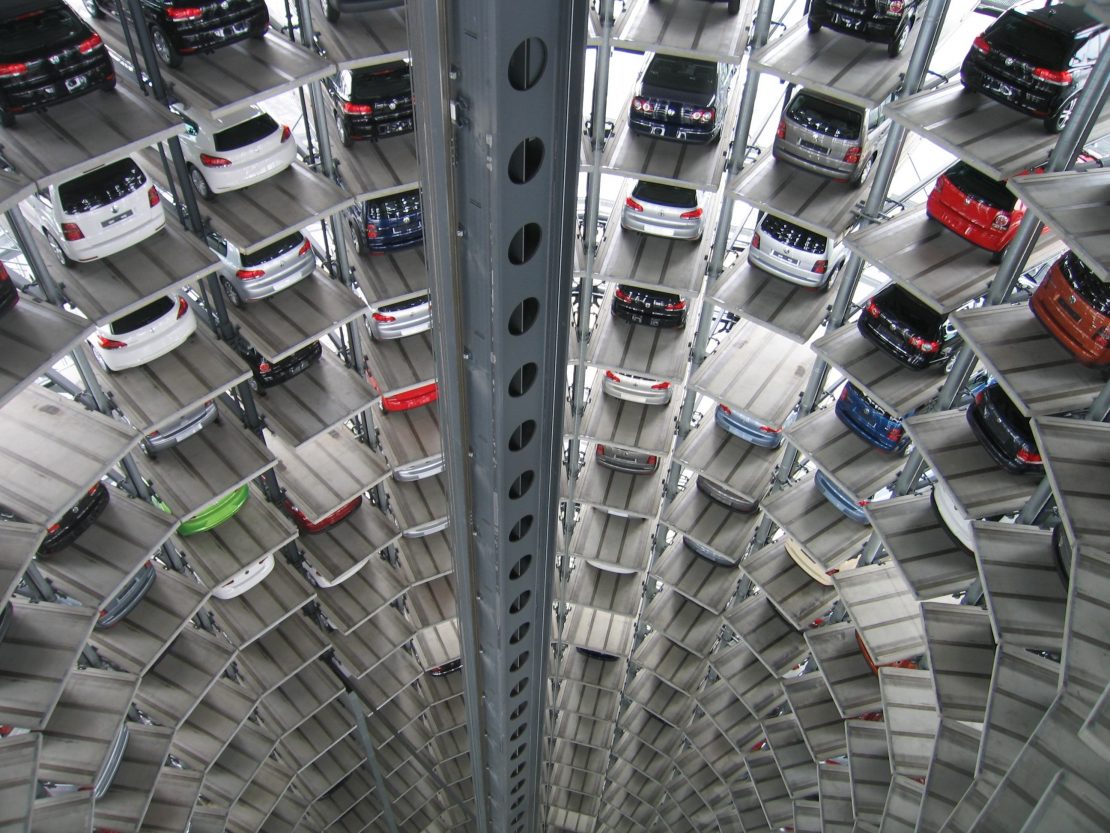Driving Into the Future of In-Vehicle Services and Marketing
As automobiles become increasingly intelligent and move toward autonomy, the car becomes less a “mode of transportation” and more of a functional space the user occupies while in transit. This is where automotive digital marketing will explode with new opportunities.
In the not-too-distant future, car users (perhaps a more accurate term than “drivers”) will be able to add extra features and services to their lease agreements – options like meal service, video conference hardware, exercise equipment, massage chairs, and nap pods.
Consumers Are Willing to Spend More on Autonomous Vehicles
Currently, just over half of all consumers would currently consider an “all-in-one” bundled lease, reports Acxiom. A bundled lease could include “the vehicle, insurance, connectivity services and fuel for one monthly payment.”
One study found that when consumers were given the same lease option with a safe and reliable autonomous vehicle (as compared to a non-autonomous vehicle), the number of respondents who said they would consider the all-in-one lease jumped to 90%.
When autonomous vehicles are an option, consumer willingness to spend may increase.
With a computer at the wheel, the car shifts from product to service. The implications of this shift are almost incomprehensible today, though we’ll begin to see the effects in the next few years:
- Titanic legal battles (“Can I still drive if I want to?”)
- New urban planning (“Who needs parking garages?”)
- The disappearance of the trucking industry (“Autonomous 18-wheelers don’t need to eat and sleep.”)
Subscriptions Packaged Into Autonomous Vehicle Leases
On a surface level, we’ll see users’ in-vehicle experience completely revolutionized. Some of these services may very well be bundled into a monthly lease agreement – especially when you consider that consumers are already primed to pay monthly subscription fees for services and content. (Approximately two-thirds of U.S. households have Amazon Prime, and more than 54% of U.S. households have Netflix.).
Ponder this future with me…
- For an extra $35 month, you have the option to modify the passenger seat in your autonomous vehicle to a rowing machine or Peloton bike. Join a live exercise class over 5G or your vehicle’s wi-fi connection.
- For $10 a month, enjoy full access to a food delivery service that allows you to buy a healthy lunch delivered to your car. Instead of eating in the office or taking time out of your day, eat lunch in-transit as you cross town for a business meeting.
New In-Vehicle Services Change the Experience of Transit and Automotive Digital Marketing
While the subscription model will open up new revenue streams for existing businesses (and fuel new companies altogether), the in-vehicle experience itself will be revolutionized by autonomous cars. Just a few thoughts…
- Alcohol consumption in vehicles could become legalized (after all, no one’s driving) and easily become a major revenue stream for liquor brands, retailers, and clubs/bars. After work happy hour begins on the commute home. The tailgating party starts when you leave the house.
- There’s no more sitting in the drive-thru waiting for your coffee. Order from your car while still five minutes away. Your coffee is ready for pickup precisely when you arrive… and Starbucks knows that because your car can send a steady stream of GPS data.
- VR will open up gaming, shopping, and other in-vehicle experiences.
What Automotive Marketing Strategies Should Brands Drive?

Cars have always presented advertisers with a captive audience, whether in the form of a commuter listening to radio ads on the way into work or a passenger staring at a digital ad display behind their taxi driver’s headrest. In the near future, those captive audiences will have the ability to engage fully in a variety of activities, from shopping to exercising to working.
Successful brands will:
- Learn to collect and manage data. Smart advertisers will be able to connect their products and services with trip data. In-car advertising will be based on a range of factors, including the occupants, as well as origin and destination, time of day, weather, etc. Is it raining? Did you remember an umbrella? No? An Amazon Now drone can meet you with one at your destination. Just tell Alexa, “Yes.”
- Maximize their audience’s time. Autonomous cars will free up billions of hours of consumers’ time every year. And it’s not just the adult drivers who are getting the option to do something else during their commute… it’s the kids, too. A driverless car can pick up your 14-year-old from soccer practice instead of you. Innovative brands will be thinking about how they fit into parents’ newfound time. HelloFresh may have a new sales angle that makes cooking a healthy dinner even more compelling: with driverless cars, you have even more time.
- Subsidize influencers’ rides. Social media influencers may be invited to ride free in promotion of an in-car experience. Or, to go even wider, an entire business could be built to engage riders in virtual focus groups or surveys for financial or product-related incentives.
Change is coming, and it may be coming faster than we know. Tens of thousands of successful AV rides have already been completed, and in cities like Las Vegas, autonomous vehicles may dominate the roads within just a few years.
Competitive brands and automotive digital marketing will find creative ways to engage riders as the car changes from a static to a dynamic environment. Where will your company fit in? Check out our innovative work with automotive giant HELLA as we helped them invest in the future of mobility and launch world-class automotive technology.


